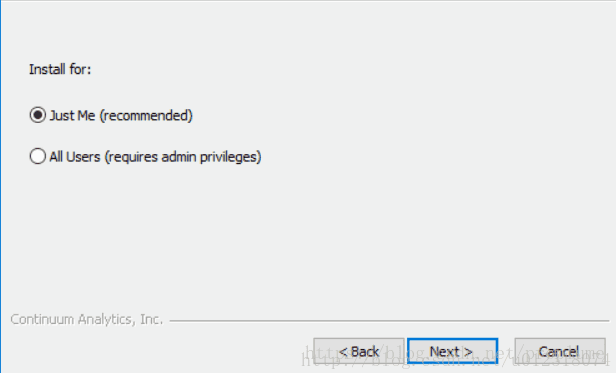

- #Anaconda prompt the system cannot find the path specified how to
- #Anaconda prompt the system cannot find the path specified full
- #Anaconda prompt the system cannot find the path specified code
For example: "your\filename.ext" is a relative path. A relative path needs to be combined with another path in order to access a file. Although the CD method gives the Launch the Command Prompt or Windows PowerShell again to. Fix 4: Add a User or System Variable Path for ADB and Fastboot. The path with reference to current directory is called relative path. This command tells the Command Prompt to trigger ADB or Fastboot from a given path. All of the information needed to locate the file is contained in the path string.

For example: "C:\path\to\your\filename.ext". Pin Anaconda Prompt to taskbar before closing (to be on the safe side) Open Anaconda Navigator and click on 'Environment' tab. An absolute path always contains the root element and the complete directory list required to locate the file. The path with reference to root directory is called absolute path.

#Anaconda prompt the system cannot find the path specified how to
How to avoid FileNotFoundError: No such file or directory? Then click the Environments menu item on the Anaconda Navigator window left side. Click the Windows start menu > All Programs > Anaconda3 (64-bit) > Anaconda Navigator (anaconda3) to open the Anaconda Navigator window. Since Windows doesn't display known file extensions, sometimes when you think your file is named "myFile.yaml", it's actually named "". The Steps To Find Where The Anaconda Python Is Installed On Windows.
#Anaconda prompt the system cannot find the path specified code
#Anaconda prompt the system cannot find the path specified full
In the above code, you are not giving the full path to a file to the open() function, just its name - a relative path. This is called a relative path.įile = open('filename.ext') //relative path When you open a file with the name "filename.ext" you are telling the open() function that your file is in the current working directory. FileNotFoundError: No such file or directory


 0 kommentar(er)
0 kommentar(er)
